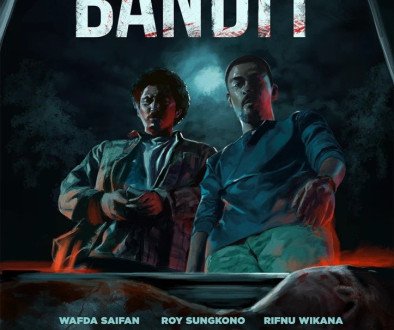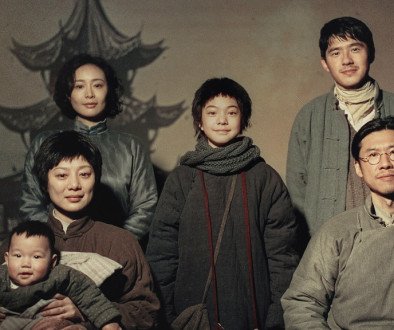OBAYASHI ’80s: THE ONOMICHI TRILOGY AND KADOKAWA YEARS Launches At Japan Society In February!
Our own Mike Garcia has covered the work of late auteur Nobuhiko Obayashi on this site for a good deal of time. He lives in Spain, although I’d imagine if he resided in my neck of the woods he’d be all-in with what’s going down at Japan Cuts on a yearly basis, particularly with next month’s run of Obayashi-directed classics titled Obayashi ’80s: The Onomichi Trilogy & Kadokawa Years.
The program includes sextet of titles including I Are You, You Am Me (Exchange Students) (1982), School in the Crosshairs (1981), The Little Girl Who Conquered Time (1983), Lonely Heart (Miss Lonely) (1985), The Island Closest to Heaven (1984), and His Motorbike, Her Island (1986). Prices vary for members and non-members alike, so if you’re in town and want some classic Japanese delights in your eyes, head to the website and get your tickets before the slate’s weeklong run beginning February 7.
You can check out the announcement below, as well as the programme trailer just beneath. I’ve been a fan of Yumi Matsutoya’s music ever since I hit my Citypop and New Retro era pre-pandemic, so you can imagine the moment the song starts midway in the promo how entranced I was. If you know, you know… Sigh.
The teenage symphonies of Nobuhiko Obayashi (1938-2020) are wound in a melancholy nostalgia for a period indelibly lost to time—that inexpressible gap between adolescence and adulthood. Braiding visually expressive fantasias with striking formal experimentation and pop-art boldness, Obayashi’s idiosyncratic cinematic language produced some of Japan’s most beloved seishun eiga in the 1980s. Captivating generations of filmgoers with his earnest portraits of young love and vanished worldviews, Obayashi’s films were further bolstered by Kadokawa’s innovative tactics of popularizing dreamy pop idols like Hiroko Yakushimaru and Tomoyo Harada.
With a career overshadowed abroad by the oddball eccentricity of his electric 1977 debut House, the 1980s would prove to be the high-water mark of Obayashi’s popularity, epitomized by his endearing Onomichi trilogy—set in the filmmaker’s hometown of Onomichi, the site of Yasujiro Ozu’s Tokyo Story. Framed in 35mm viewfinders, against wildly ingenious chroma-key composites and characterized by his unflagging optimism for the youth of Japan, Obayashi’s youth passages are caught up in the ages of transition, demonstrably attuned to the extraordinary nature of ordinary adolescence.
Native New Yorker. Been writing for a long time now, and I enjoy what I do. Be nice to me!






